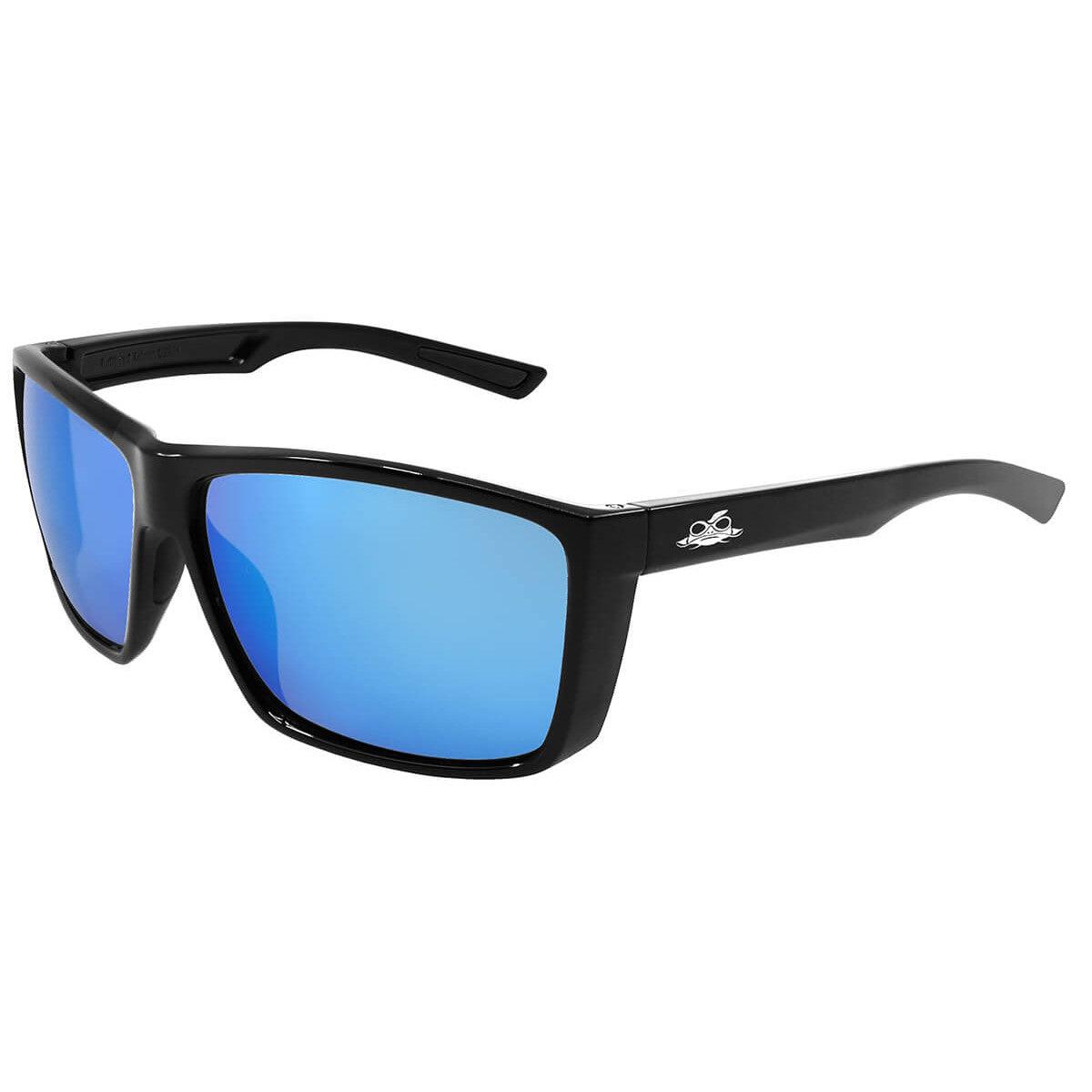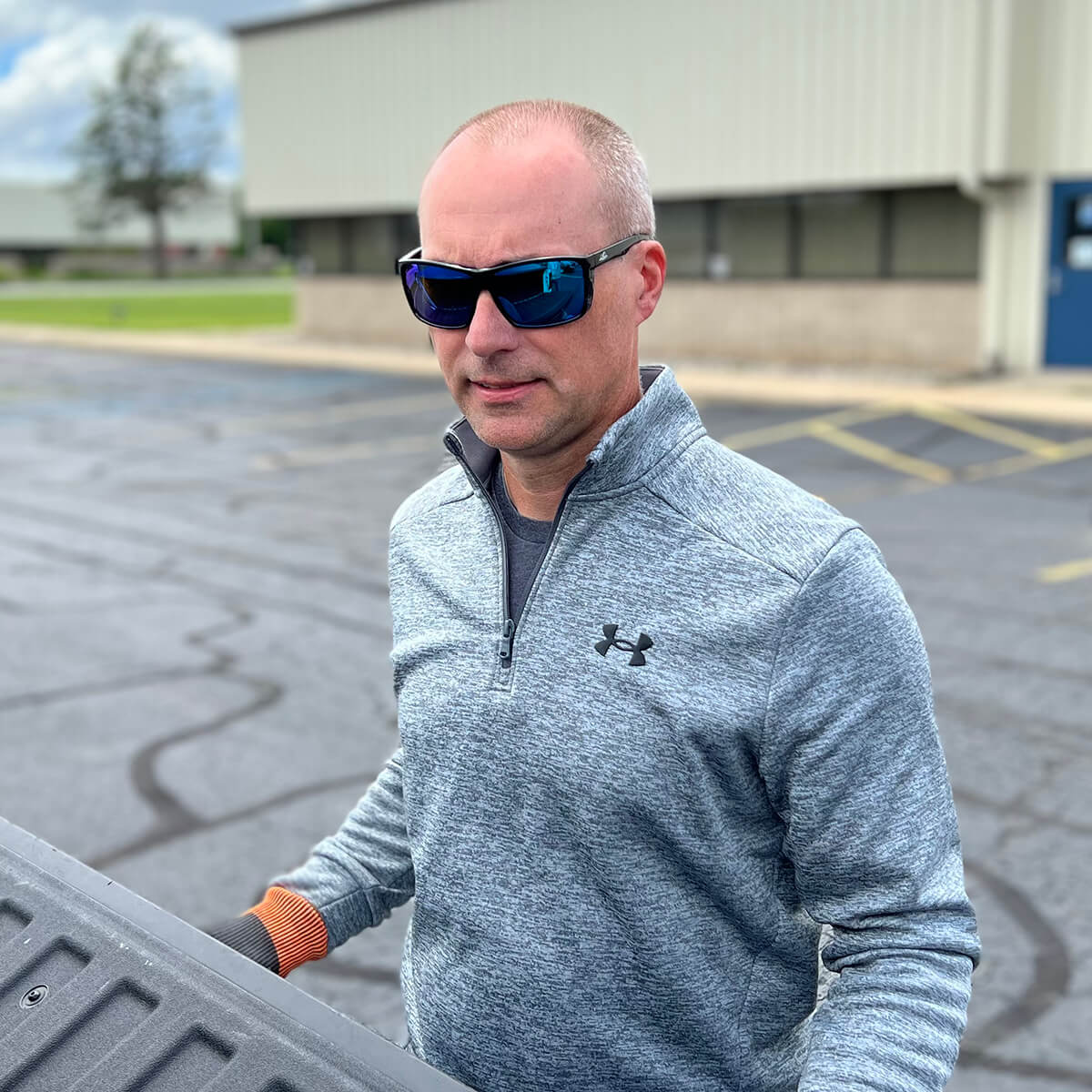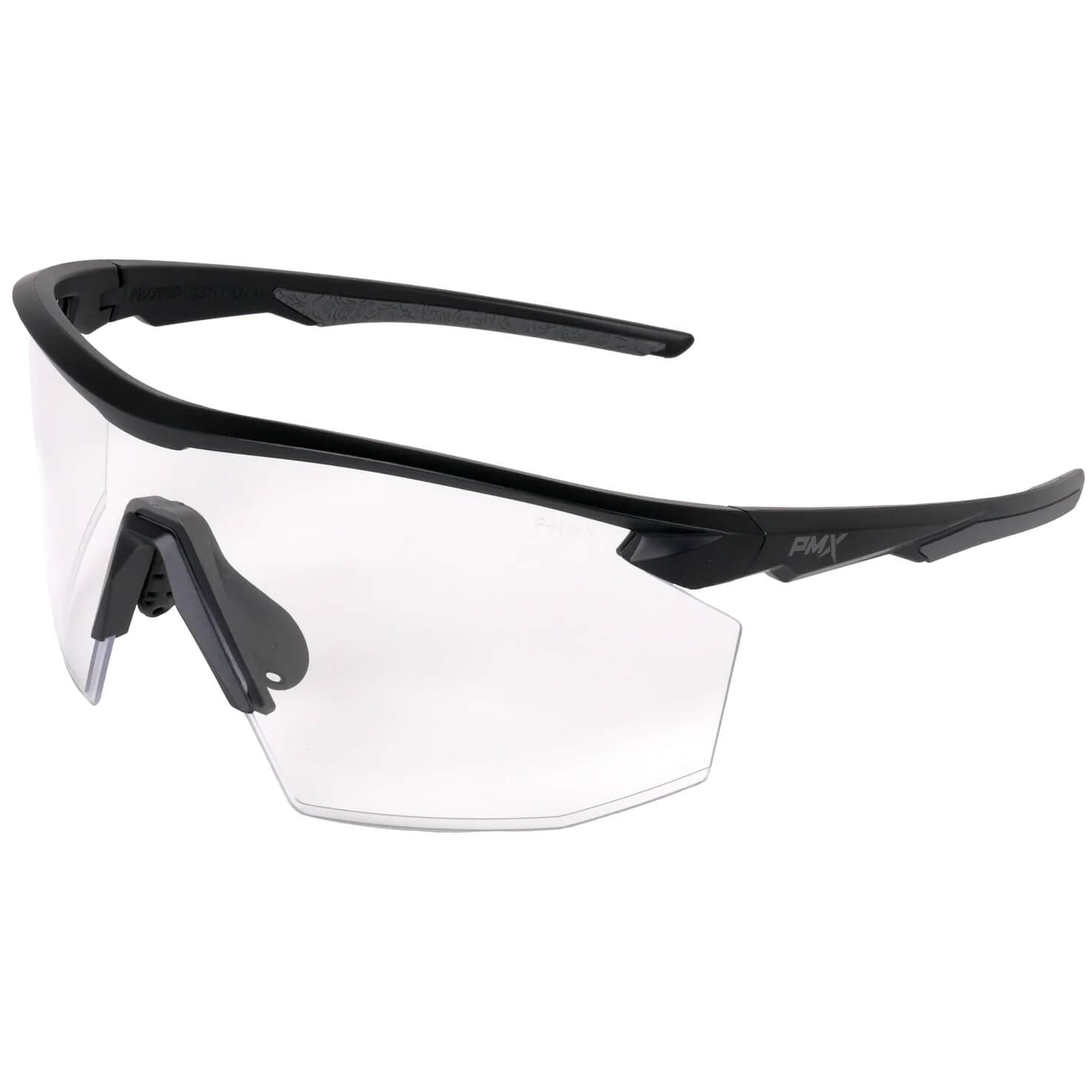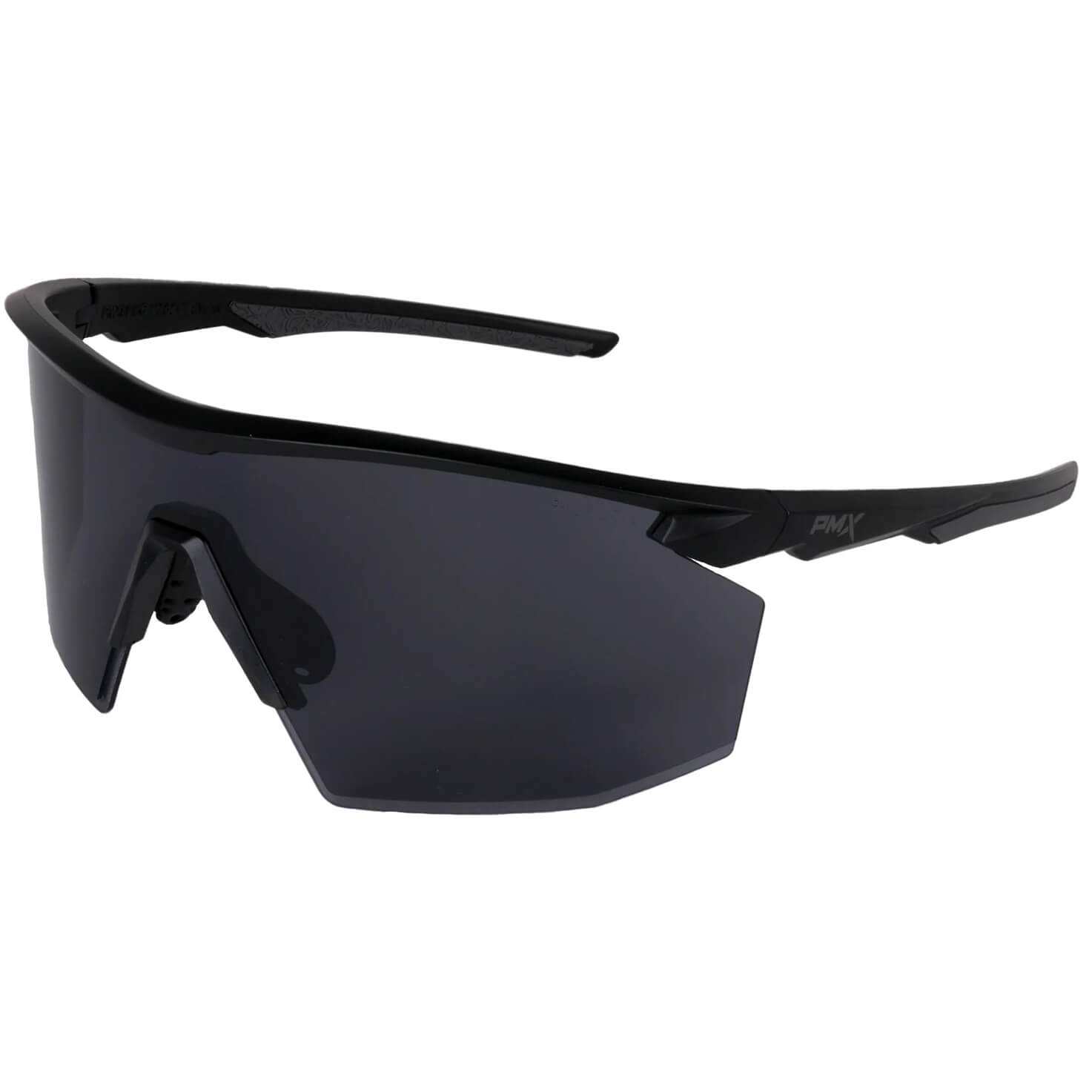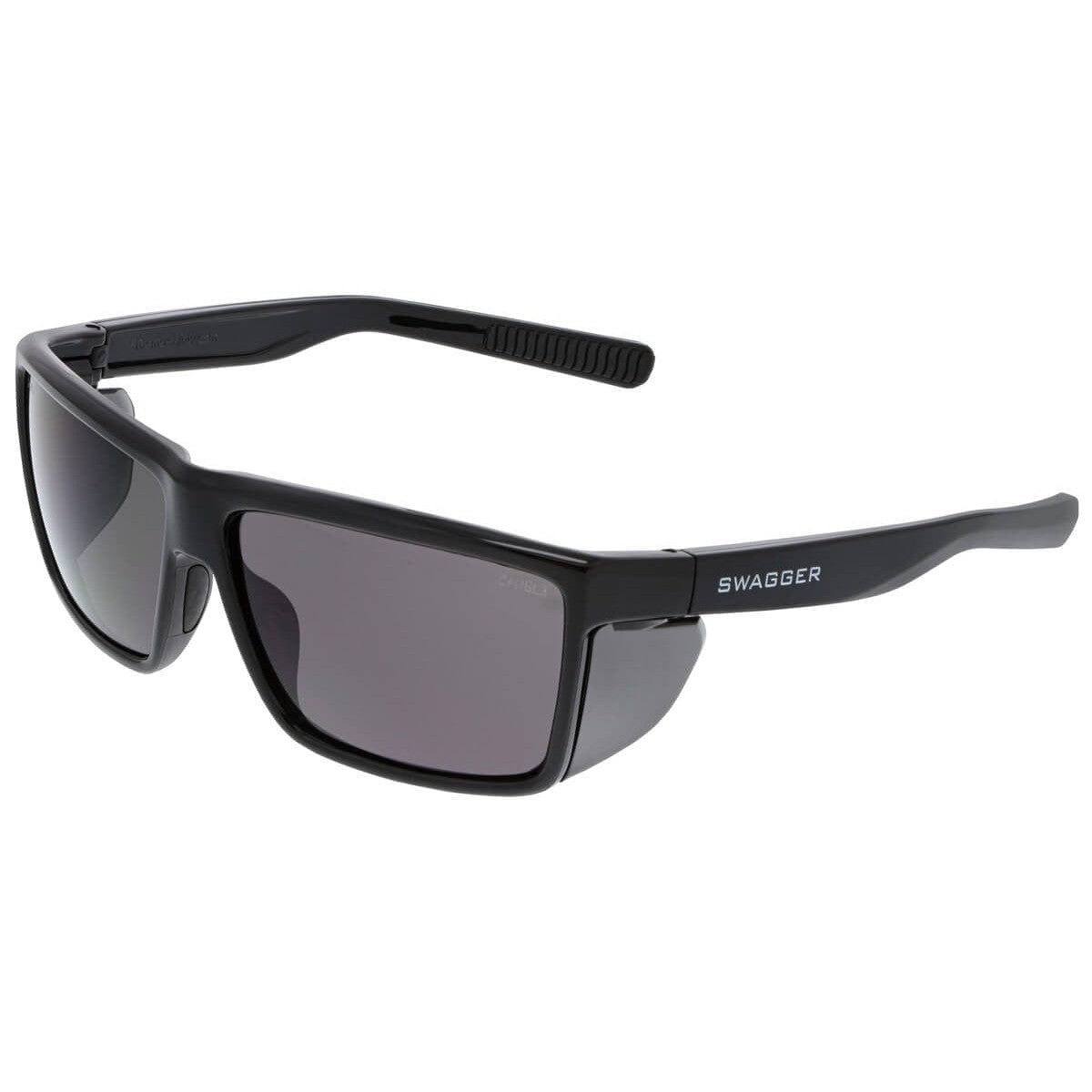The Potential of Technology
One way to understand technology's potential comes through movies like James Bond and Mission Impossible. Films like these primarily serve to entertain us. However, they also talk about new and emerging technology. From smart cars and glasses to computers collecting and providing continuous information, technology in movies helps us better understand its role in our lives.
In real life, we see new and emerging technology in places like athletics and military simulations. It's in the workforce in areas like robotics, computer engineering, and web development. Technology is also revolutionizing safety in the workplace.
PPE and Technology
The most obvious way technology improves safety is through personal protective equipment (PPE). Technology upgrades from safety eyewear to PPE integration make what's already standard do an even better job.
“We’re seeing personal protective equipment manufacturers developing innovative new materials and formulations that not only are improving PPE overall, but also reducing costs.” (Trends in Personal Protective Equipment)
Safety eyewear improvements include better anti-fog and anti-scratch coatings on lenses, reduced glare, and improved clarity. Frames are also more flexible as well as lighter. Oakley's NEW Prizm Lens Technology provides one example. Another example is new visor material that is both chemical splash resistant and high impact rated.
Technology improvements through PPE integration also include combining safety glasses with hard hats to create a more comfortable and fully-protected solution for workers who wear both. Additional integrated applications include those for confined spaces and welding.
Ergonomics and Technology
Beyond PPE, technology also improves safety through ergonomics. Sit-to-stand desks and abundant seating options provide basic examples of ergonomic improvements that help prevent injuries from improper support.

Autonomous' standing desk features an app that reminds you when to sit and stand throughout the day and adjusts the desk height accordingly.
Ergonomic technology also involves tools, equipment, and assessment methods that measure, analyze, prioritize and reduce risk while improving productivity and quality. Jennie Gober, Humantech ergonomist, says...
Ergonomic technology helps companies move from “reacting to ergonomic-related injuries to actually preventing them.”
New and Emerging Safety Technology
New and emerging safety technology seems overwhelming, but a few significant areas stand out. These include wearable, visualization, and record keeping and communications systems. Other exciting technology includes drone technology, robotics, and remote control vehicles.
Wearable Technology
Wearable technology monitors the health and safety of workers and improves communication. Typically worn attached to clothing or as part of already-required PPE such as safety glasses, vests, and hard hats, wearables capture data and provide feedback. For example, they can track biometrics, enable video and voice calls, scan barcodes and even detect exposure limits to harmful elements.
Organizations can also use wearables to determine if an illness is work-related. This helps with cumulative conditions like hearing loss, poisoning, respiratory disease, and skin disorders.
Wearables like safety vests are used to integrate wireless and Bluetooth technology, virtually connecting the physical and digital worlds. They can create an indoor GPS, for example, to track and understand people, equipment, and material movement, define hazardous areas and connect with worker location to create a safety bubble.

The use of smart glasses in the HVAC industry is one example of this integration. For example, some companies have technicians record videos with smart glasses to show customers real-time while on service calls. According to The Onset of Wearable Technology, these same companies also envision using smart glasses to better utilize and capture the knowledge of senior technicians before the trend of more technicians leaving the industry is fully realized.
The parts involved in this technology are not new. However, the ability to integrate and connect the parts is growing and expanding, giving further insight and action within workplace safety.
“The consensus among industry leaders and analysts today is that networked technology — from personal wearable devices and mobile phones to equipment sensors and “smart” machines — is rapidly changing the nature of our organizations and how we run them.” ( Safety Leadership: Technology is changing safety: 4 areas to watch)
Visualization Technology
Visualization technology (VT) improves how events are seen and help anticipate them. It helps workers understand a dangerous environment without having to be in it.
For example, the construction industry uses virtual reality (VR) to physically experience a space not yet built. The industry also uses VT through smart helmets that "project data and models onto a hands-free display to provide intuitive instructions for job site teams." ( These 3 emerging technologies may help improve jobsite safety)
VT allows for discussing safety scenarios without safety concerns. It also helps to analyze, interact with and learn to prevent hazards.
“VR enables learning via empathy since it places individuals at the center of the experience, which is quite powerful.” ( These 3 emerging technologies may help improve jobsite safety)
Another VT, artificial reality (AR), also impacts workplace safety. AR smartglasses have a tremendous amount of software packed into them. They can contain movies, sports, games, safety training, and simulation apps.
“At this point it’s safe to say that AR and VR are going to be around for a while. The ecosystem of apps and hardware is continuing to grow larger (and cheaper) than ever before, and even though it might take a few years before you find yourself with a high-tech headset, you’ll probably own one eventually.” ( These Snapdragon-powered smartglasses look like the future of AR)

VT also involves 3D and 4D to help explore risks and potential consequences. For example, the oil and gas industries can use smart helmets to train workers in offshore and onshore environments and help them understand and operate dangerous technology.
VT provides information about the environment and how to move through it. It gives instructions on how to do work and warns of hazards. The result? A safer and more productive working environment.
Record Keeping & Communication Systems
Technology is also impacting record keeping and communication systems by improving processes for gathering and using information. For example, electronic drive logs increase driver safety and productivity by eliminating unintentional errors caused by worker fatigue.
One trucking company says electronic logs not only improved the company's safety statistics but also resulted in a 20% reduction in insurance premiums their first year in use and an additional 10% after that.
“Electronic logs may be the workhorse of software for the trucking industry when it comes to helping firms meet safety, compliance and productivity goals.” ( E-Logs: A Critical Strategy for Safety, Compliance and Productivity)
Additional Technology to Note
Drone technology, robotics, and remote control vehicles stand out within new and emerging safety technology.
Drone technology promotes workplace safety by mitigating job risk sites and enabling more innovative ways to build and survey unsafe areas. Drones can explore environmentally hazardous areas, check job progress, map worksites and keep tabs on productivity and safety.

More than 115,000 robots operate in the United States today. Robots do repetitive and uncomfortable tasks that are hard on or impossible for humans (micro applications, for example). Material handling and assembly are top applications.
Vehicles are controlled remotely to increase efficiency and create a safer work environment. As a result, work takes fewer days and less fuel. Applications include mining and highway construction, both listed among the most dangerous occupations.
Technology Increases Awareness
Safety is an issue for every profession, and technology helps support a comprehensive safety culture. In fact, insurance companies see the integration of technology as inevitable.
“Nearly two-thirds of insurers expect wearable technologies to have a significant impact on the industry within two years.” ( Investing in Worker Safety Through Wearable Technology)
Technology allows for a better focus on employee health and wellness. In addition, it increases worker compliance through awareness and greater availability of tools and resources. For example, digital safety audit checklists make valuable resources available for employees to know and carry out safety standards.
Technology also reduces the chances of human error. For example, safety bubbles on construction sites make workers aware of potential hazards in time for prevention. Software for app-based awareness helps with instrument maintenance and lone-worker protection in a way never before possible. Technology also allows employers to use data to target repeat offenders, focus on safety training and know how to best utilize real-time digital signage.
“Through use of this technology, workers are becoming inherently more aware of the risks they encounter every day and are adapting their behaviors to protect themselves from potentially dangerous situations.” ( Investing in Worker Safety Through Wearable Technology)
Safety Concerns Over Technology
Possible negatives regarding technology within workplace safety include ergonomic concerns, worker buy-in, potential distractions, privacy, and cost.
Ergonomic-related health problems can increase with the use of technology. For example, the blue light emitted from screens can lead to eye irritation, sleep and eye fatigue problems.
You can read more about the effects of blue light in the following articles.
Worker buy-in is also vital since workers must see how technology can help before making its use a priority. Usually, though, buy-in comes quickly once employees see technology's benefits.

Real concerns also exist over how wearables could be dangerous distractions. For example, they could interfere with line-of-site, take a worker's attention off task or distract awareness of imminent danger.
Employee monitoring in the workplace may produce a tremendous positive impact on employee safety. However, the privacy issue needs to be addressed for many workers to feel comfortable with this level of monitoring.
Finally, the cost of technology concerns many employers. They must decide if the cost of accidents and safety violations ultimately outweigh the cost of appropriate technology to prevent them.
“Emerging technologies… can save your company time and money. More importantly, it can help protect your greatest asset: your employees.” ( 3 Emerging Technologies for Workplace Safety)
A Culture of Safety
Workplace leaders must care enough about safety to invest in it, an investment likely to include technology. Technology helps give employees the right tools and allows for adequate data collection and quicker reaction times. It can also mean a significant reduction in workplace injuries and deaths.
“As workplaces strive to become safer, occupational safety and health are at the forefront. Both employers and employees are finding themselves dealing with a more complex workplace, where technology and equipment come together with human labor to create many of the world’s most sought-after products.” ( Occupational safety and health technology: What’s new)
Technology has come a long way from the two-way radios previously commonplace for worker communication. Now, machinery comes built with safety in mind, and more workplaces no longer see safety as merely an OSHA requirement. Instead, safety is a workplace culture. Fortunately, technology now seamlessly integrates and helps cut costs while improving safety.
“The good news for leaders is that leveraging technology, regardless of the type, still comes down to the fundamentals. Leaders who “get” what safety is about are best able to use that value to navigate the complexities and possibilities of our increasingly networked world.” ( Safety Leadership: Technology is changing safety: 4 areas to watch)


